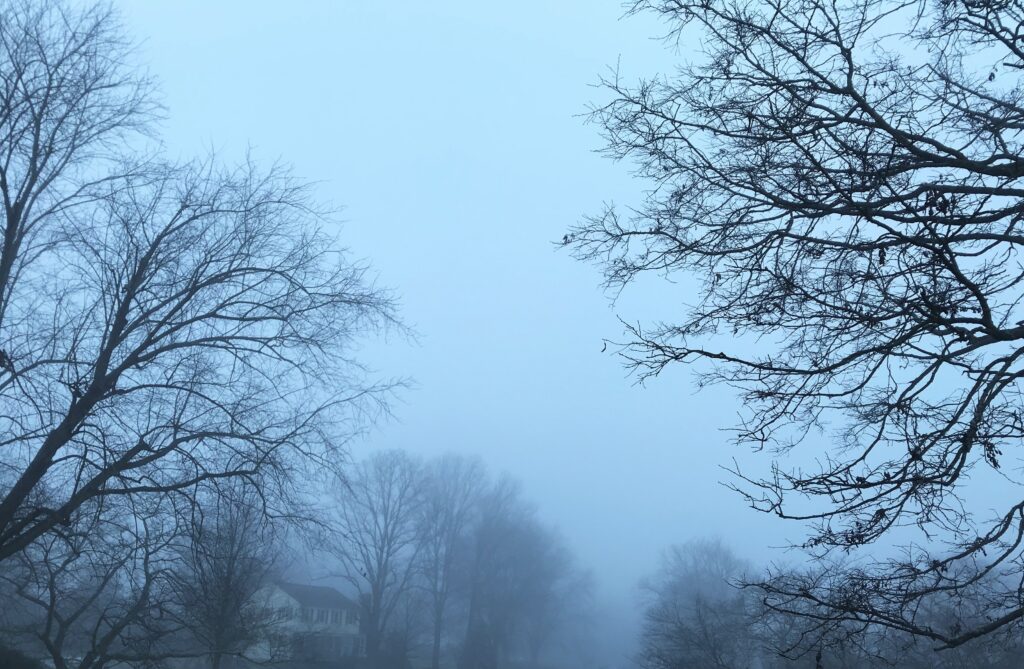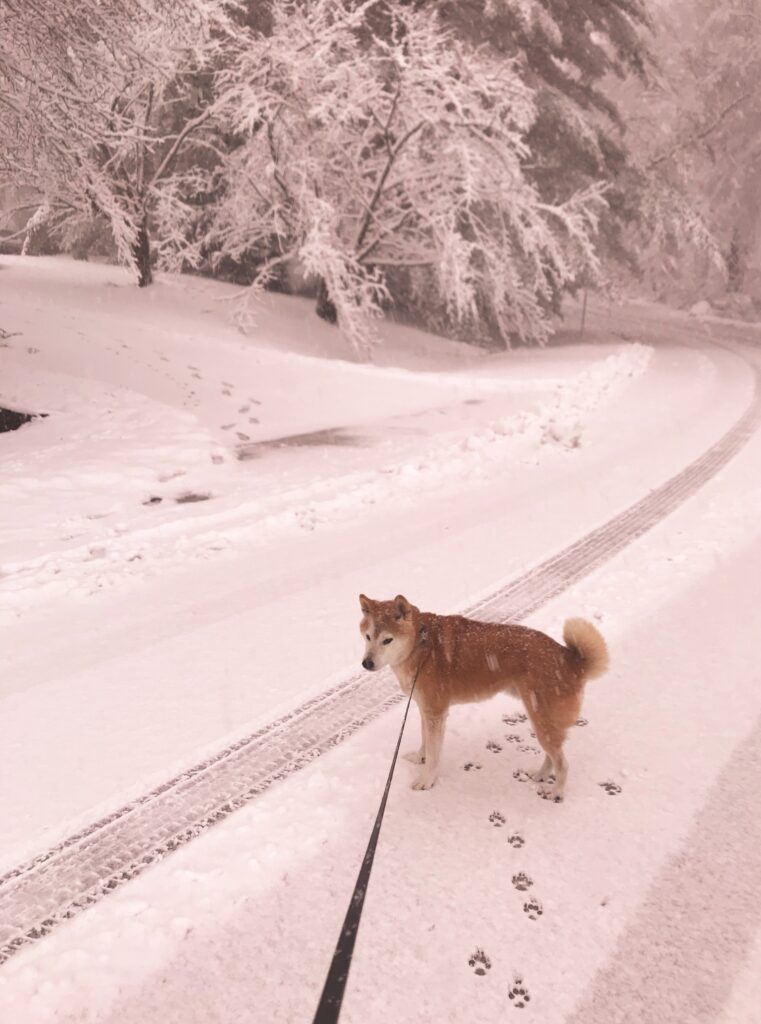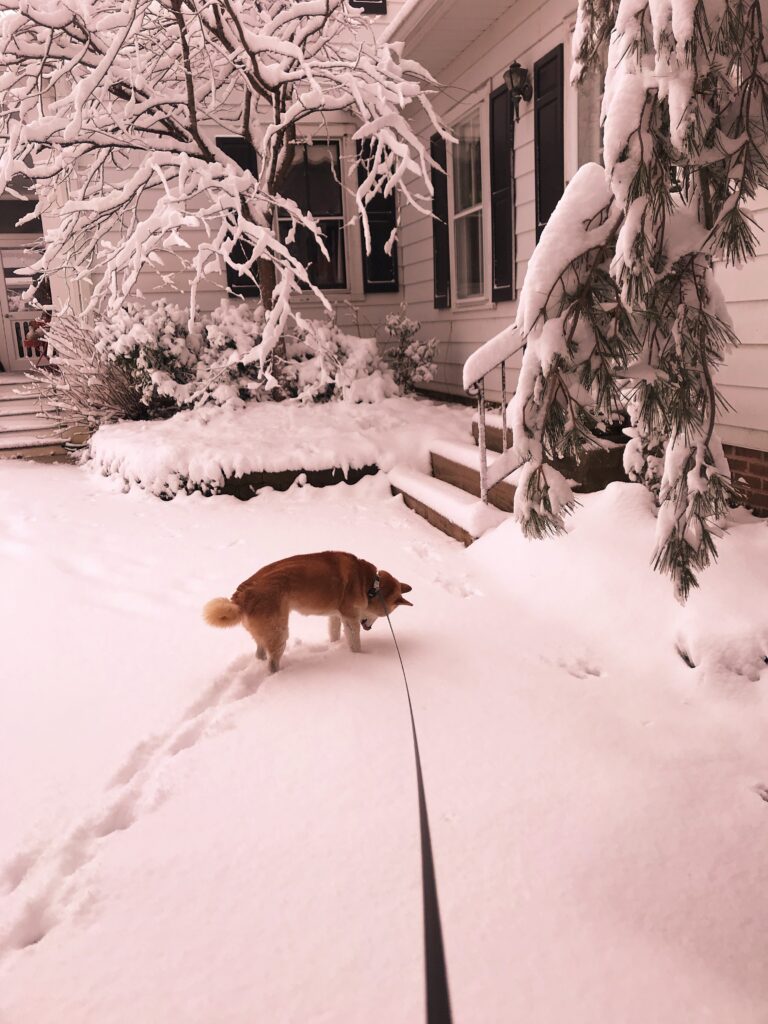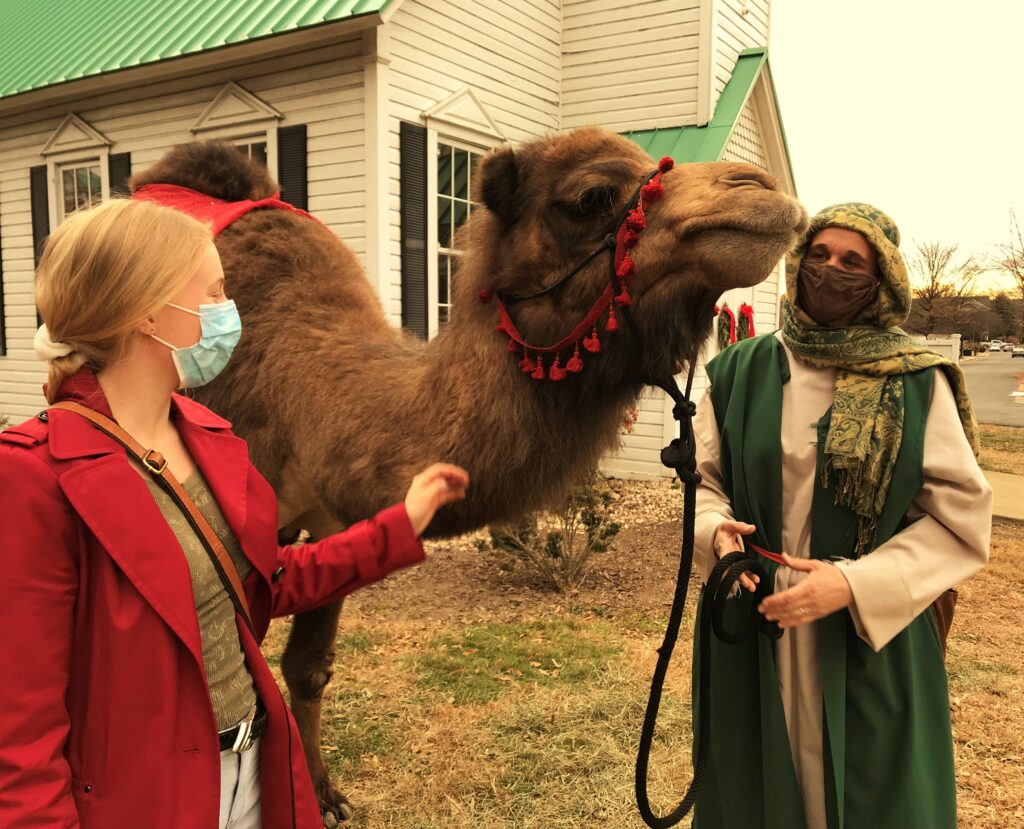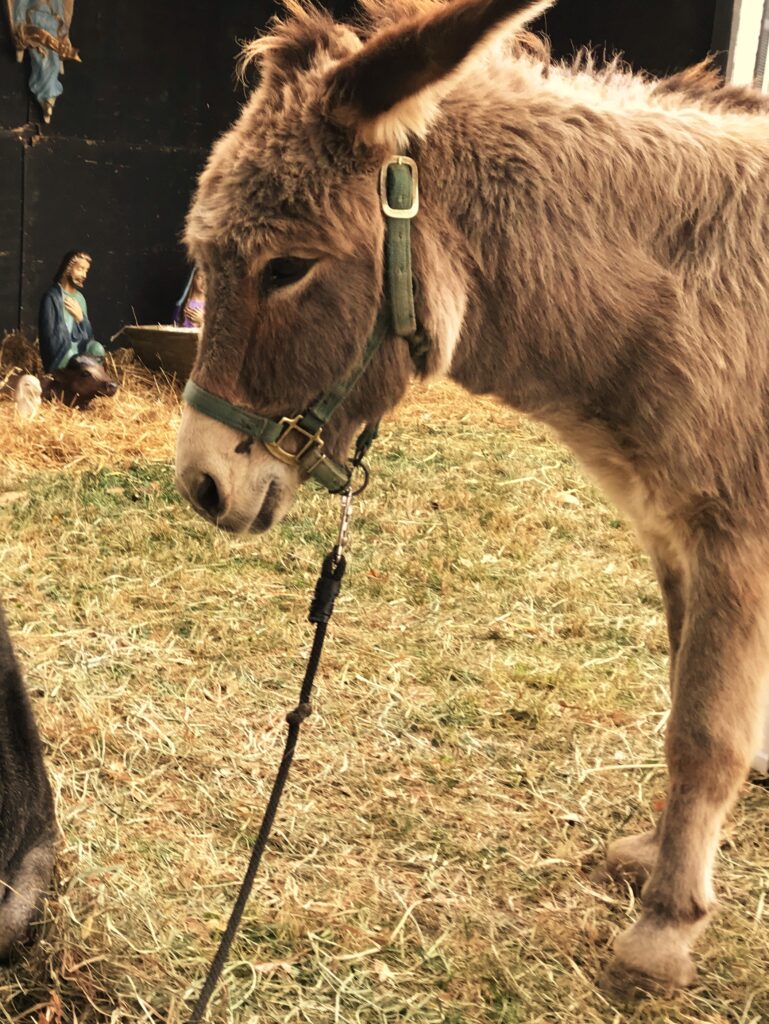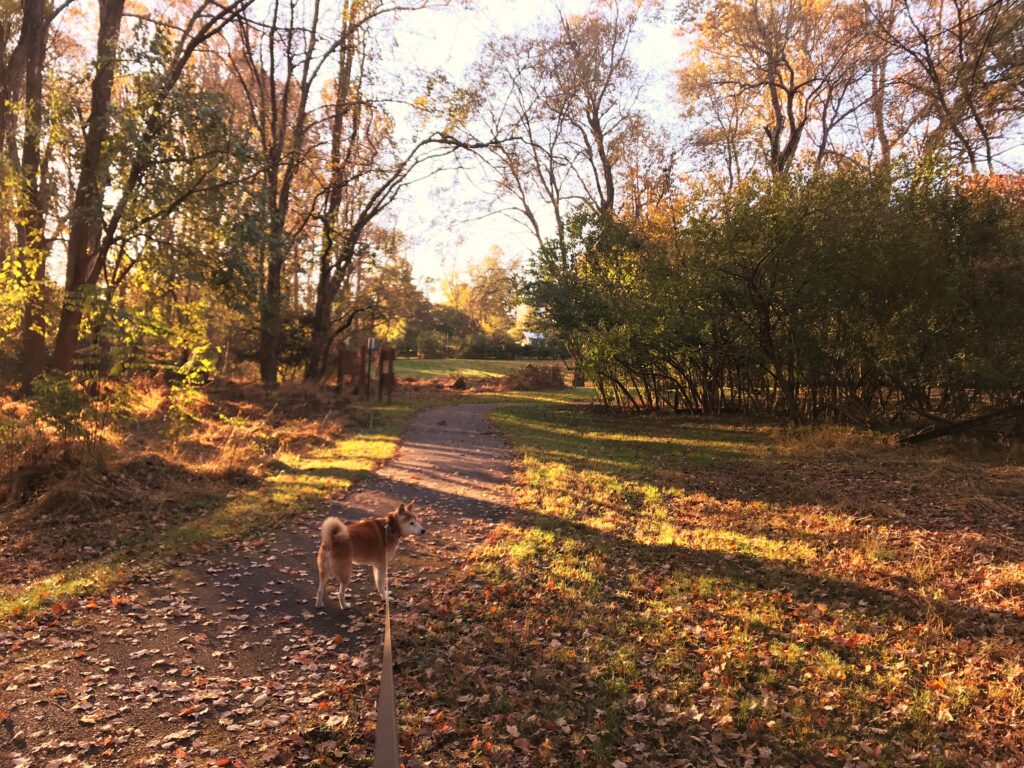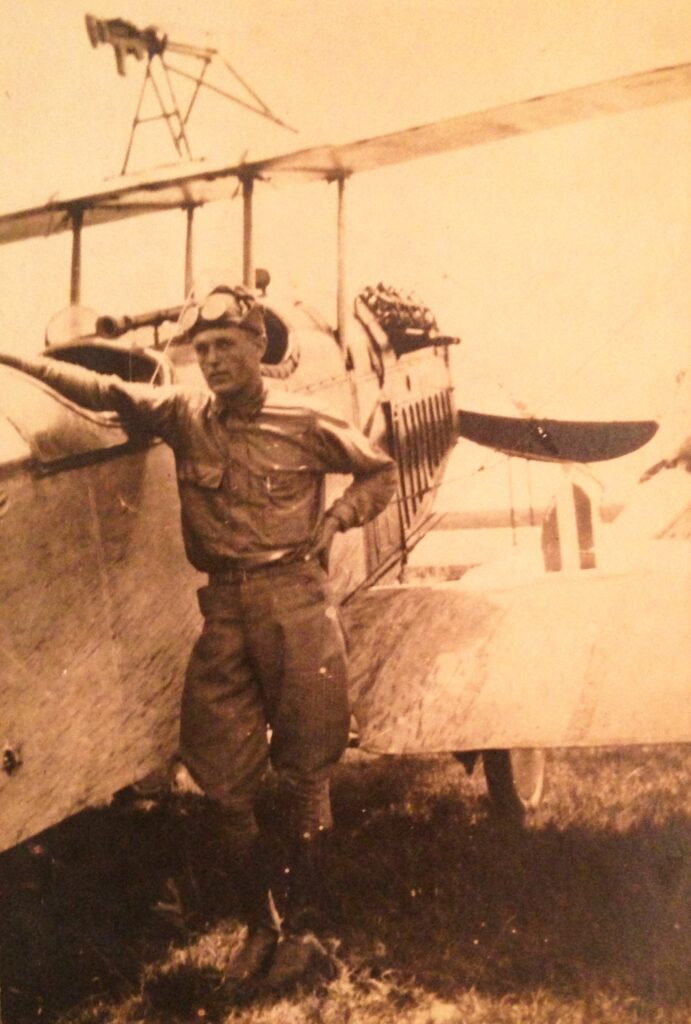Several years ago I wrote about opening an old childhood stationery box to discover some vintage love notes written to me by a fellow classmate, when we were both in third grade. Recently I came across another such note, by the same sender. I knew him back then as Danny. We’re still in touch on social media, and now he goes by Dan. In this one, young Danny had opted for the uniquely inventive approach he had chosen in another of the letters. Typed on onion skin paper, it began boldly, with an all-caps declaration of love. What third grader was typing in 1970? An urban sophisticate like Danny, that’s who. He’d recently gained access to his mother’s cutting edge IBM Selectric. Below the greeting, the top quarter of the page is occupied by identical lines like this:
1oooooooooooooooooooooooooooooooooooooooooooooooooooo
Below these lines appears the word TIMES.
That’s a lot of love times.
And then this humble admission: I LOVE YOU MORE THEN YOU LOVE ME.
And, typed, but then unsuccessfully erased, is this:
Kiss me After School Greg ? or Danny
The absence of all-caps suggests that this is more of a whimsical wish than a demand.
The reference to a possible after-school kiss appears in another of the notes, and it baffled the adult Dan. He thought of himself a shy kid, certainly not one to request, or to expect, such a thing. Greg’s name is found in another of the notes, as well. The adult Greg cannot remember conspiring with Danny in the composition of love letters. That’s not surprising, considering that Dan and I have also forgotten many of the circumstances surrounding the making, sending and receiving of these decades-old dispatches.
The notes were compelling enough for me to save, and to keep, for all these years. They’ve become artifacts that bear witness to past selves, even though memories of that past have dimmed.
And they still have power. My husband was impressed. No matter who was responsible for the “kiss after school” line, it struck him as a great idea. This Valentine’s Day, inspired by the youthful audacity of Danny, or Greg, or both, he made me a card that read:
Want to kiss after school? With who? (Select one)
Below were three boxes to check, each beside his own name.
What would my third-grade self have done? Probably kept quiet, done nothing, except file the paper away safely, as I did with Danny’s letters. But the older me knew what to do. I checked all three boxes.
************************************************************************
For the earlier love-letter posts, from March 2014, see:
Young Love, Old Love Notes, Part I
and Part II




